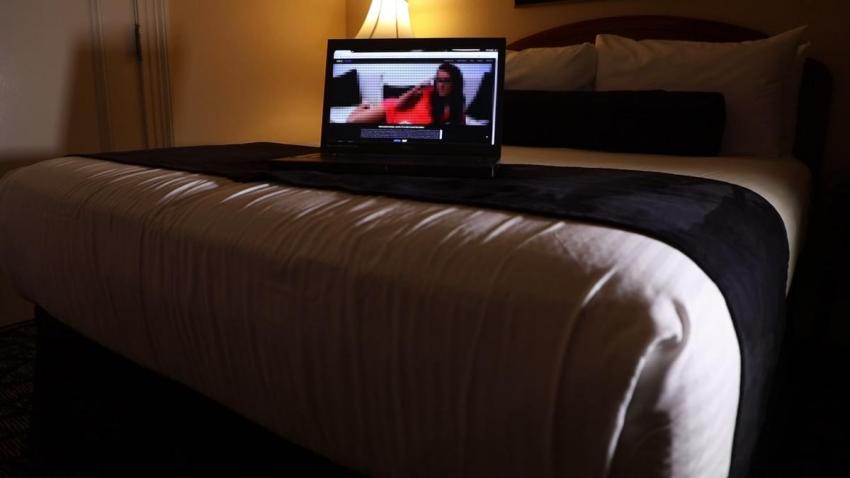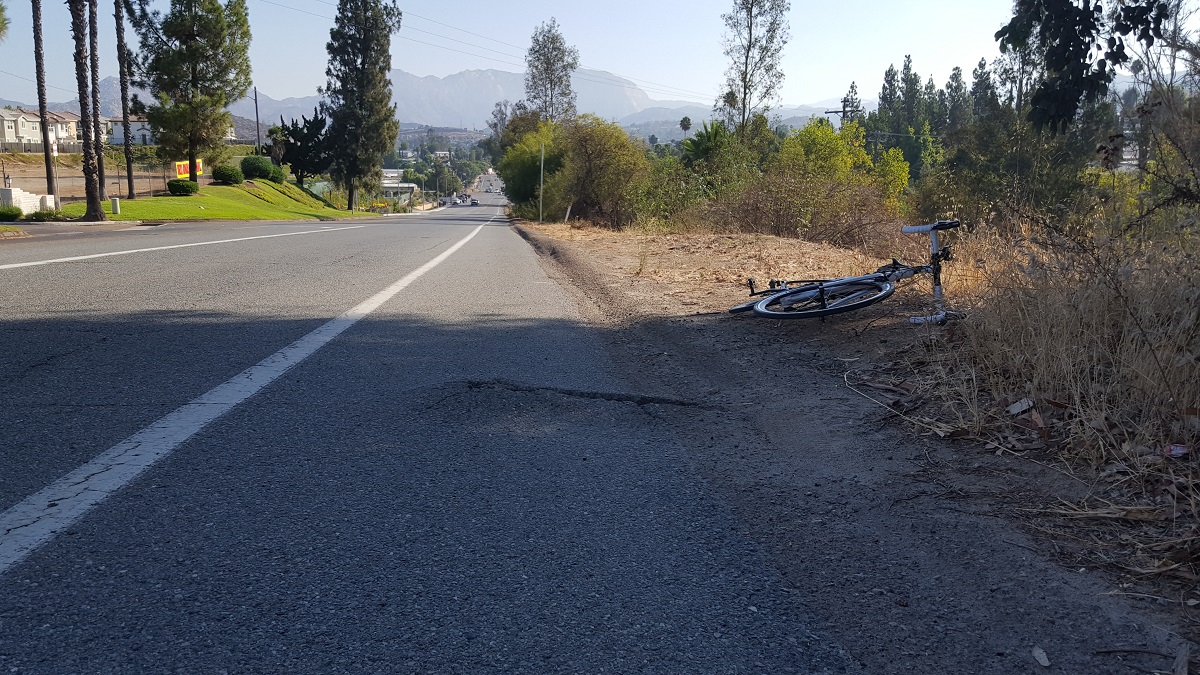A former city of San Diego employee claims the San Diego Police Department attempted to hide information about its use of facial recognition software.
While the use of a facial recognition program was suspended by California Governor Gavin Newsom starting Jan. 1, 2020, NBC 7 Investigates reported on complaints regarding SDPD's handling of the facial recognition software before the program was halted.
The former employee filed a complaint in July 2019, alleging SDPD attempted to hide information about its use of facial recognition software. She said she was fired the next day, so she filed a wrongful termination claim.
Tiffany Vinson, an employee in San Diego’s Office of Homeland Security at the time responding to records requests, submitted the complaint. On July 3, she received a phone call stating she had been fired, all while awaiting surgery on her neck.
In a July 2019 report to the city’s fraud hotline, the then-unidentified Vinson accused SDPD and SDPD Chief David Nisleit of failing to release information about its facial recognition program to the public as well as to a U.S. Congressional Committee.
“[SDPD] acts as if it is sovereign from the city and hides behind their positions to keep people from further questioning its actions," the claim read.
One incident, she said, involved a 2017 response to a subpoena seeking information on SDPD’s use of the Tactical Identification System (TACIDS), filed by the U.S. House of Representatives’ Committee on Oversight and Government Reform.
The committee became concerned with the use of facial recognition software like TACIDS by local law enforcement agencies in San Diego County.
The committee acknowledged facial recognition could help identify dangerous criminals, but it raised privacy concerns regarding the software’s accuracy when trying to identify criminals who were “people of color.”
San Diego County law enforcement agencies were using the system for an average of 560 searches per month, according to the subpoena.
In the tip to the fraud hotline, Vinson said the department went to great lengths to avoid the public from learning about their response.
“In preparing the response to [a subpoena from the federal government on the use of facial recognition software], SDPD and [San Diego Association of Governments crime mapping program] would walk most of the documents back and forth and exchange the information by phone calls to avoid email documentation,” read the hotline tip.
The department was also not willing to share a great deal of information with the city council and the media, the complaint said.
“In subsequent PRA’s for facial recognition information, SDPD has not supplied the subpoena response. The city council has asked about facial recognition technology and this has never been included in any responses to council requests for information," it said.
Vinson claimed that at least two publications, one of which was La Prensa San Diego, had requested information on the program but was not even granted a response.
“The ethics complaint goes to the head of the department, the chief of police, so he knew and understood that this complaint was filed and the very next day she was terminated,” said Dante Pride, Vinson’s attorney. “Basically, she was terminated for making an ethics complaint. That’s it. There’s nothing else.”
Pride said his client was only trying to do what her job required: To report any potential corruption in the city or the police department.
“She did the only thing she could do as an employee which was file a complaint with the ethics hotline," he said.
During the past few years, law enforcement agencies have relied on facial recognition scans or the TACIDS as an investigative tool. A previous NBC 7 investigation found from 2013-2015, the number of devices across San Diego County increased by more than 200 percent.
But the new law that went into effect on Jan. 1 has put a temporary stop to using facial scans and other “biometric surveillance.”
In a statement to NBC 7 Investigates, SDPD spokesperson Lt. Shawn Takeuchi rejected any claim that Chief Nisleit or the department attempted to hide anything from the public, including the use of facial recognition software.
“The San Diego Police Department is unable to respond to all parts of this complaint due to on-going civil litigation being handled by the San Diego City Attorney’s Office. However, we believe the complaint grossly misstates how the department responds to public records requests and what is stated in the complaint is not accurate, particularly as it relates to a chief officer’s role in receiving or responding to public records requests,” Takeuchi said.
“In the past three years, the department has received and responded to over 3,000 public records requests. As we continue to receive requests, each request will be examined and as much information that is legally releasable will be sent to the requester and posted publicly for the entire community.”
When asked specifically about the claim that Chief Nisleit and the department looked to hide information on facial recognition software, Takeuchi said that since 2016, the SDPD “received 16 requests for public information related to facial recognition. We have provided responses to all of these requests.”



